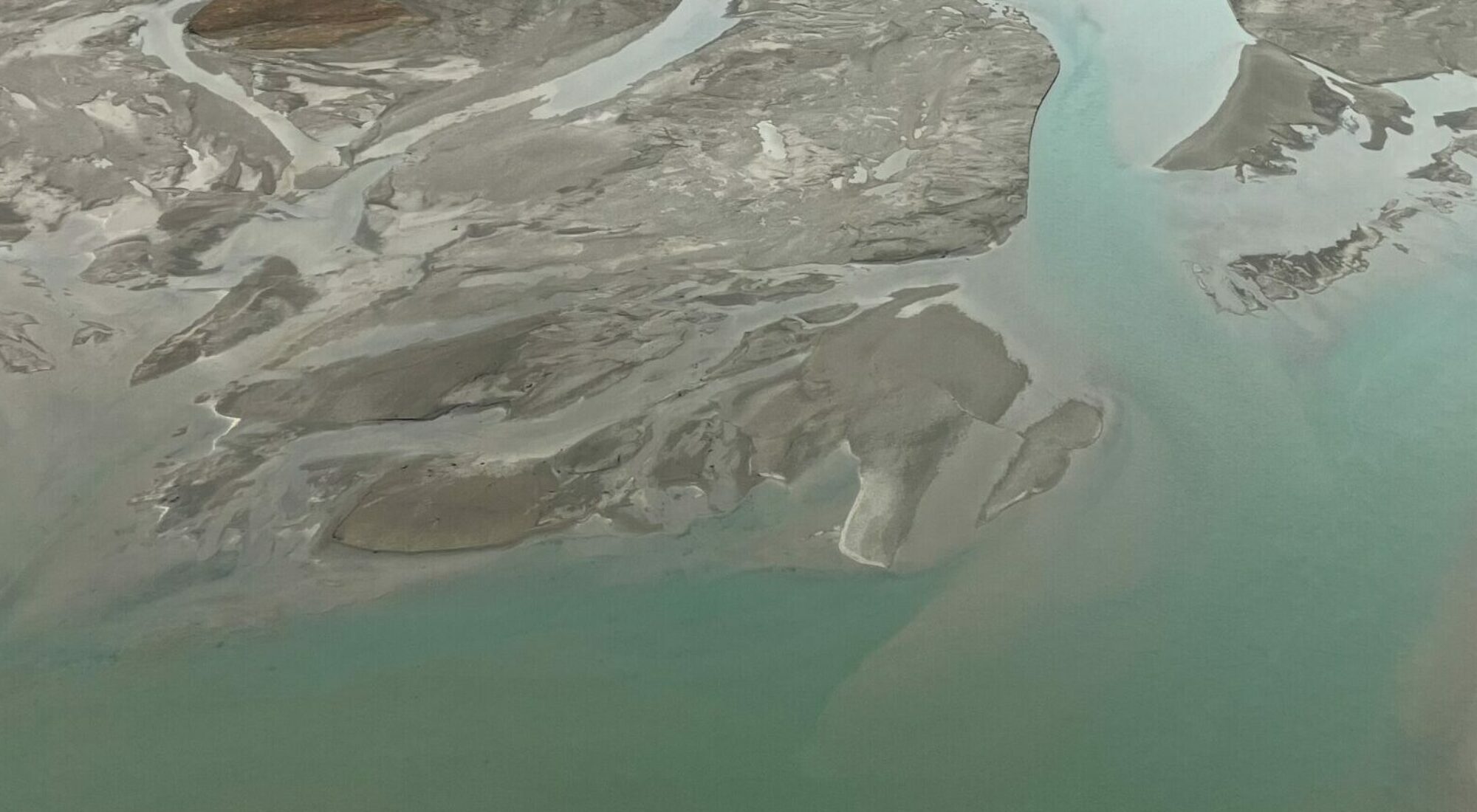ICESat-2 is a satellite launched by NASA in 2018 and designed to measure ice sheet surface elevations (and tree canopy heights) using the ATLAS instrument. ATLAS is effectively a space-based lidar sensor which uses six green laser beams (three pairs of weak/strong beams) to transmit photons, some of which are reflected from earth’s surface and geolocated.
Photon returns are sometimes detectable in waters up to 40 m deep, depending on the water clarity and other environmental conditions. Several studies have assessed the utility of ATLAS data for measuring coastal bathymetry. An additional interesting product is the photon return from the water column itself; these returns are attenuated through both absorption and scattering (e.g., off of sediment particles), much in the same way that natural sunlight or constituents like photosynthetically active radiation (PAR) are attenuated.

We are conducting a study to evaluate how well ATLAS photon returns can represent suspended-sediment concentrations in surface waters and suspended-sediment inventories throughout the water column. Collaborators include Dr. Catherine Walker at WHOI, Dr. Kelsey Bisson at OSU, and Dr. Chao Wang at UNC.
Project publications:
(Accepted) Eidam, E.F., Walker, C., Bisson, K., Paris, M., Cooper, L. Novel application of ICESat-2 ATLAS data to determine coastal light attenuation as a proxy for suspended particulate matter. Oceans 2022 conference, Hampton Roads.


